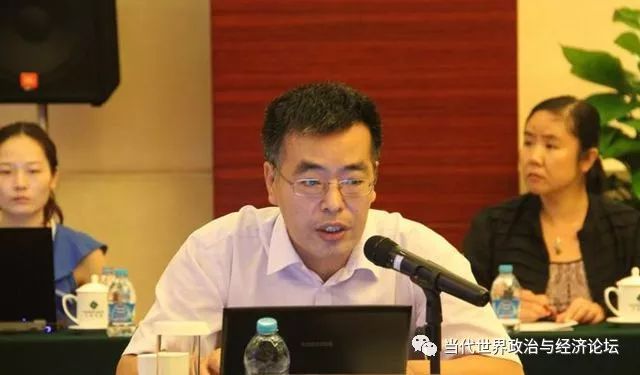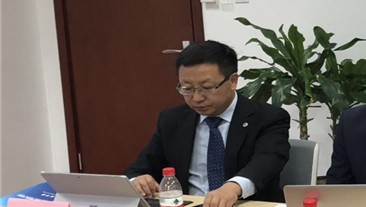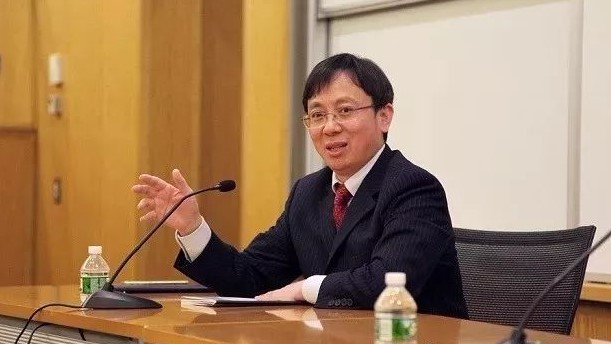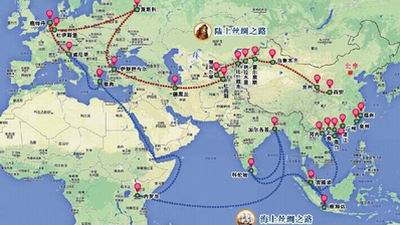We swiftly pivoted our investment strategy and launched an up to 13 billion COVID-19 Crisis Recovery Facility to meet the immediate demands.
To date, we have approved over USD6.3 billion for public health crisis responses, pandemic preparedness, and liquidity and emergency budgetary support in 15 members. Once the crisis is behind us, we will go back to normal and continue our mainstream infrastructure business.
And we will strive to invest in infrastructure that addresses climate change through latest technology, attracts private sector to participate in such investment and is conducive to connection between Asia and the rest of the world.
The mobilizing of private capital in particular is of note to those of you who are here present and those who are going virtual from abroad. Your partnership and investment in infrastructure in emerging market economies is imperative to building a better future and better world for everyone.
The truth is the big opportunity in Asia is the potential of the capital markets to create new sources of funding for infrastructure and other critical sectors to develop the Asian economy and fund the recovery.
The Chinese government’s steady efforts to reform and open up – at a higher standard and on a larger scale as President Xi instructed -- the domestic capital markets and financial system are also being recognized by the international community. Foreign ownership restrictions have been relaxed across various subsectors of the financial sector, and as a result, Goldman Sachs and Morgan Stanley have received approval to take a majority stake in their businesses here, while American Express became the first foreign payments network to be allowed to process yuan transactions in China.
Steps to open up the domestic capital markets are rapidly accelerating. The central bank last year removed the ceiling on investments by qualified foreign investors in stocks. This year, foreign institutional investors have been allowed to directly enter the onshore bond exchange market, or invest through Bond Connect programs, while the securities regulator is expected to release further rules to allow more foreign investment into the domestic stock and bond markets.
Recognizing these enhancements, Chinese sovereign bonds were included in the FTSE Russell index just this week, following the other major indices MSCI and S&P Down Jones, which did so previously. Foreign investors are steadily increasing their allocation, and are now holders of 2.5 trillion yuan of Chinese bonds onshore as of August, having increased these holdings every month for 21 months.
AIIB is both a beneficiary of this opening up and a force contributing to it. AIIB issued its first Panda Bond in June. We were the highest rated issuer to issue Panda since the new National Association of Financial Market Institutional Investors guidelines were put in place. The pricing of this sustainable development bond was an unprecedented tight spread to China Government Bonds at only 7 basis points. I am very proud of our Treasury team for such an encouraging result.
One small contribution AIIB made to the Chinese bond market is we were able to attract international investors into the China interbank bond market. The final investor distribution for our first panda bond was 65% offshore and 35% onshore. We are keen to continue to attract international investors and enable them to be involved in further panda issuances in the future.
It is also worth noting that our debut panda carried the COVID-19 pandemic prevention label in order to reflect the fact that the proceeds would primarily be used to disburse our first loan under our COVID-19 crisis recovery facility. This loan provided healthcare infrastructure to 2 municipalities here in China.
In fact, China really took the lead when it came to issuing pandemic bonds in an endeavor to control the COVID-19 outbreak. This was quickly replicated offshore, leading to an unprecedented social bond issuance in 2020 globally. This goes to show the power of financial innovation in addressing social issues.
AIIB has issued 2 USD denominated SEC registered sustainable development bonds this year, both being executed in the context of our COVID-19 Crisis Recovery Facility (CRF). As we grow our presence in the capital markets, we have completed issuances in USD, CNY, TRY, RUB, HKD and others.






